Kadena: Revolutionizing Blockchain with Scalability and Security
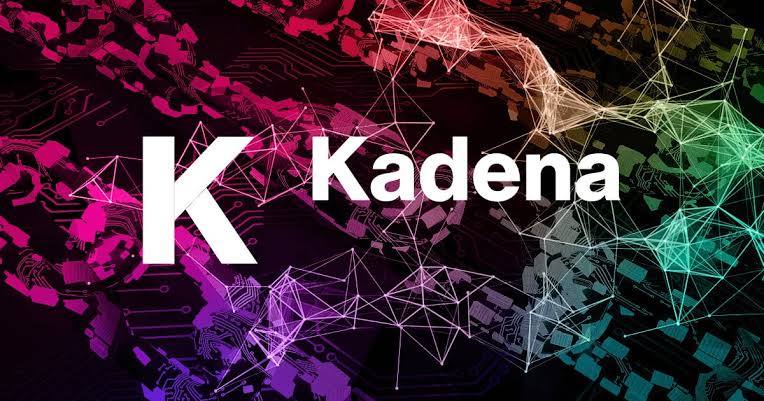
Kadena is a next-generation blockchain platform addressing the core challenges of the blockchain trilemma: scalability, security, and decentralization. Founded in 2016 by Stuart Popejoy and Will Martino—both former leaders at JPMorgan’s Blockchain Center for Excellence—Kadena is a layer-1 Proof of Work (PoW) blockchain designed for enterprise-grade applications and global finance. Its innovative architecture and developer-oriented tools have positioned it as a distinctive player in the blockchain space.
Vision and Founding Team
Kadena was co-founded by Stuart Popejoy, who led JPMorgan’s Emerging Blockchain group, and Will Martino, the lead engineer behind the bank’s blockchain prototype, Juno. Martino also served as Tech Lead for the SEC’s Cryptocurrency Steering Committee. Supporting the team is Dr. Stuart Haber, co-inventor of blockchain technology and a primary citation in the Bitcoin whitepaper.
Kadena’s vision is to combine the security of Bitcoin with scalable, energy-efficient performance. While many modern blockchains are transitioning to Proof of Stake (PoS), Kadena remains committed to PoW, leveraging a unique architecture called Chainweb to address scalability limitations without compromising on security.
Chainweb: Scalable PoW Architecture
At the heart of Kadena’s public blockchain is Chainweb, a proprietary PoW consensus model that braids multiple parallel blockchains. Each chain references the headers of its peers, enabling simultaneous block production and dramatically increasing throughput—currently up to 480,000 transactions per second (TPS), far exceeding Bitcoin and Ethereum.
Kadena currently operates 20 parallel chains (up from 10), and this number can increase via hard forks as network demand grows. This architecture not only boosts throughput but also enhances energy efficiency; Kadena transactions use significantly less energy than Bitcoin, with efficiency improving as more chains are added.
Security is also strengthened through this model. Unlike single-chain PoW systems, attacking Kadena would require compromising multiple chains simultaneously, making it exponentially more resilient.
Pact: Secure, Readable Smart Contracts
Kadena’s smart contract language, Pact, is designed for safety and accessibility. It is human-readable and Turing-incomplete, prioritizing ease of auditing and reducing vulnerabilities. Pact supports formal verification, allowing bugs to be detected at the code level before deployment. It also allows for upgradable contracts, a key advantage over static smart contracts on platforms like Ethereum.
With thorough documentation and tooling—such as the Chainweaver wallet—Pact enables even novice developers to build decentralized applications (dApps), lowering entry barriers across sectors like DeFi, NFTs, and real-world asset tokenization.
A Hybrid Blockchain for Enterprise
Kadena operates both a public blockchain (Chainweb) and a private, permissioned network called Kuro (formerly ScalableBFT). Kuro uses Byzantine Fault Tolerant (BFT) consensus, supporting up to 8,000 TPS across 500 nodes. It’s tailored for enterprise applications, including healthcare and finance. For instance, since 2018, a healthcare consortium has used Kuro to manage insurance provider data.
This hybrid architecture enables interoperability between public and private chains, giving businesses the flexibility to handle both transparent and sensitive transactions on a unified platform. It’s particularly well-suited to regulated industries like supply chain, healthcare, and financial services.
KDA Token
Kadena’s native token, KDA, is used for transaction fees, smart contract execution, and miner rewards. The total supply is capped at 1 billion tokens. Its distribution model allocates 70% to miners, 20% to a platform reserve, and the rest to investors and contributors.
Kadena’s “crypto gas stations” allow businesses to cover gas fees on behalf of users, removing a major barrier to adoption. KDA can also be staked (minimum 1,000 tokens) for passive rewards and is available on major exchanges like Binance, KuCoin, and CoinMetro.
As of June 2, 2025, KDA trades at approximately $0.46, with a market cap around $148.5 million and a circulating supply of 319.7 million tokens. It reached an all-time high of $25.94 in November 2021.
Applications and Ecosystem Growth
Kadena supports a wide range of use cases:
- DeFi: Low fees and high throughput make Kadena ideal for decentralized finance, with staking and cross-chain compatibility (e.g., Polkadot, Cosmos).
- NFTs: Scalable infrastructure supports NFT platforms and gaming, including projects like TheUFOtoken.
- Real-World Assets: A $50 million grant program launched in May 2025 targets RWA tokenization, EVM compatibility, and AI-powered dApps.
- Enterprise: Notable applications include USCF (a $3 billion fund), Rymedi (for medicinal product tracking), and AgriDigital (supply chain logistics).
Recent partnerships, such as with the Croatian Football Federation (HNS), are exploring blockchain-based fan engagement tools. Kadena also promotes ecosystem development through community initiatives like the Kadena Community Work Board on Wonderverse.
Solving the Blockchain Trilemma
Kadena’s Chainweb architecture offers a rare solution to the blockchain trilemma. It maintains the decentralized security of PoW while scaling throughput exponentially. This sets it apart from Bitcoin (which lacks scalability) and PoS platforms (which may trade off security). While some have dubbed Kadena an “Ethereum killer,” co-founder Stuart Popejoy views it as a complementary next-generation solution.
Challenges and Future Outlook
Kadena’s growth depends on network adoption and miner coordination, especially when scaling through hard forks. While Kadena is significantly more energy-efficient than Bitcoin, it must compete in a PoS-dominated market.
Looking ahead, Kadena’s $50 million grant initiative, growing dApp ecosystem, and integration of RWA, EVM, and AI features highlight its forward trajectory. With over 100 million transactions processed since 2019 and an active community, Kadena is well-positioned to support real-world blockchain adoption.
Conclusion
Kadena is a technically robust, scalable, and developer-friendly blockchain platform. Its Chainweb architecture, Pact smart contracts, and hybrid public-private model provide a flexible foundation for enterprise and decentralized innovation. As Kadena continues to evolve, it presents a compelling case for how blockchain can meet the demands of modern finance, industry, and digital economies.
References

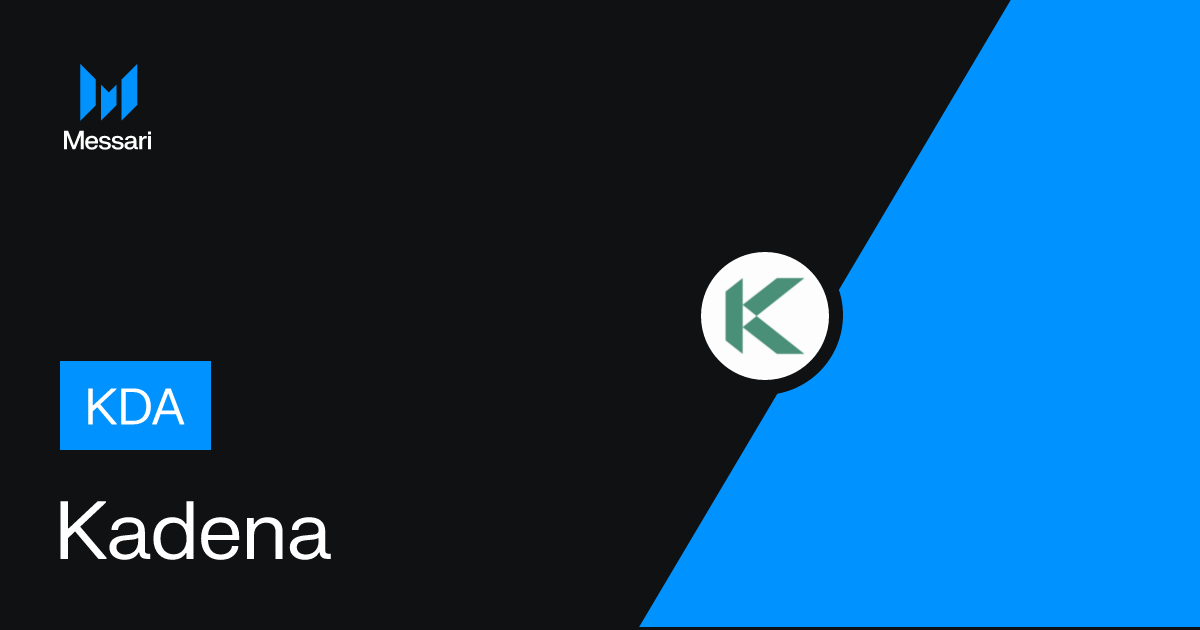

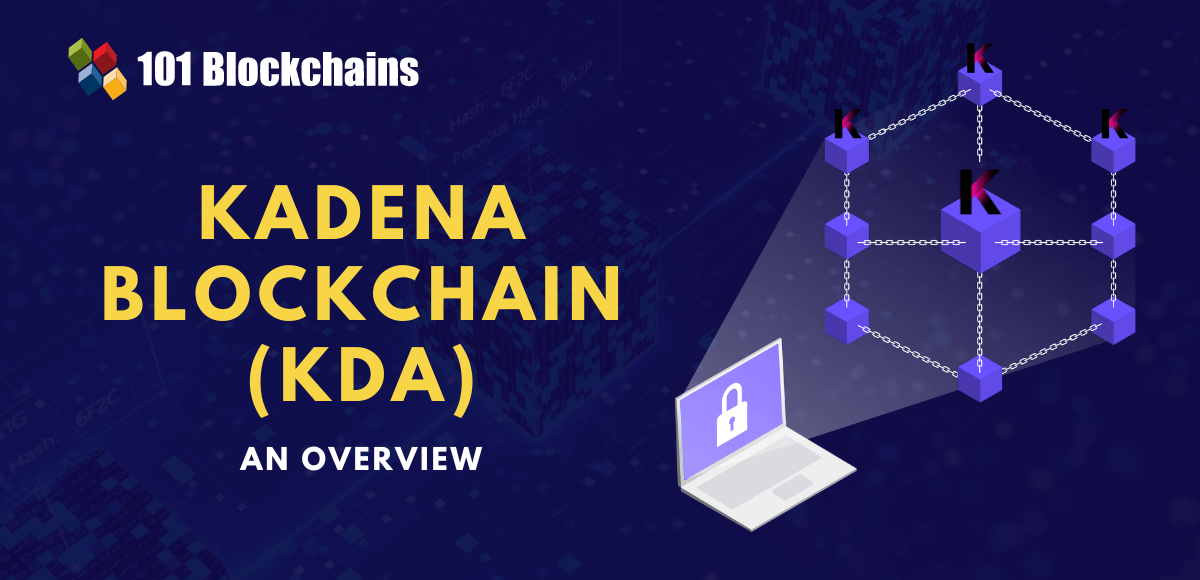
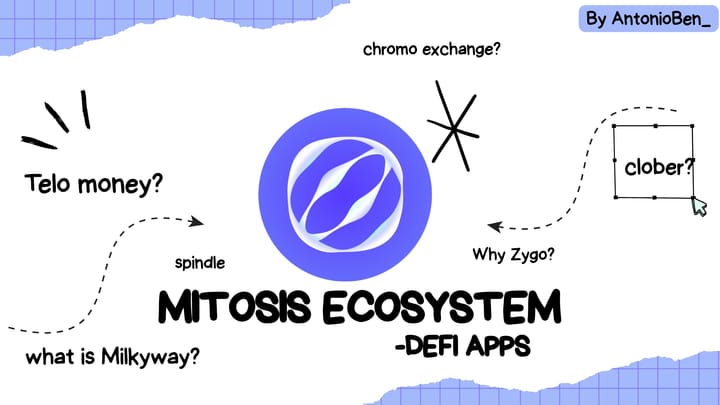

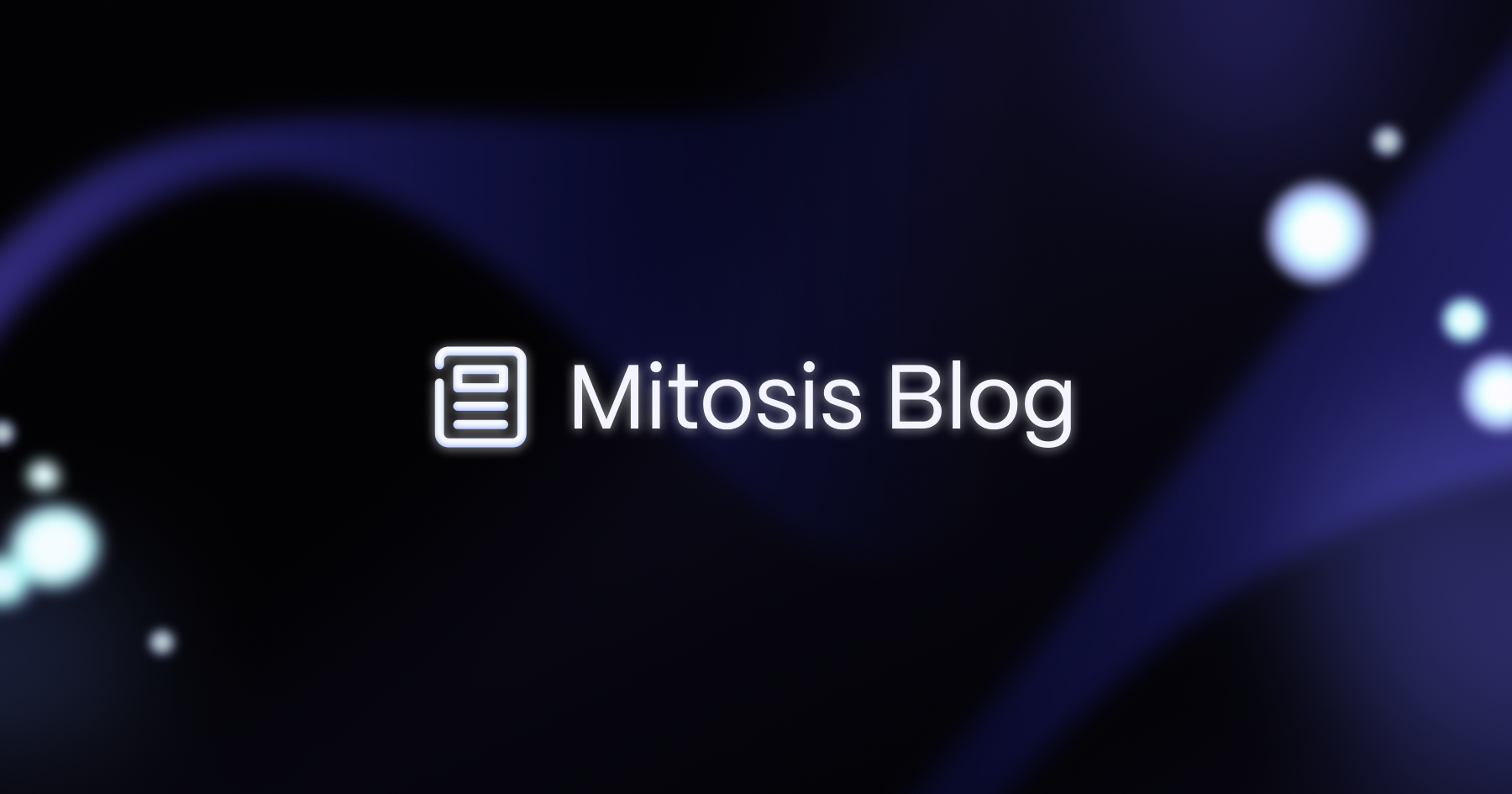







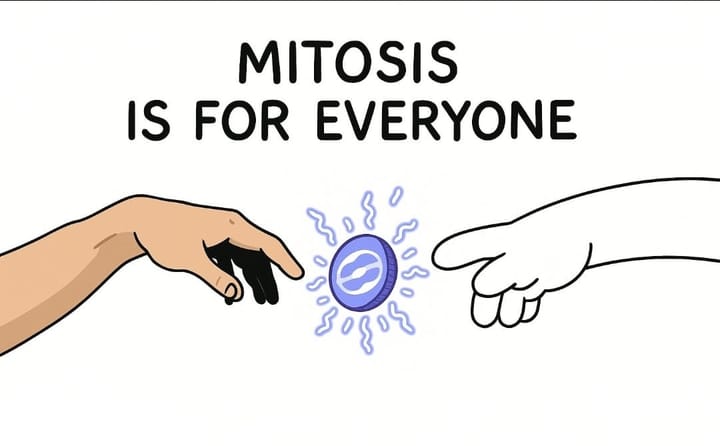
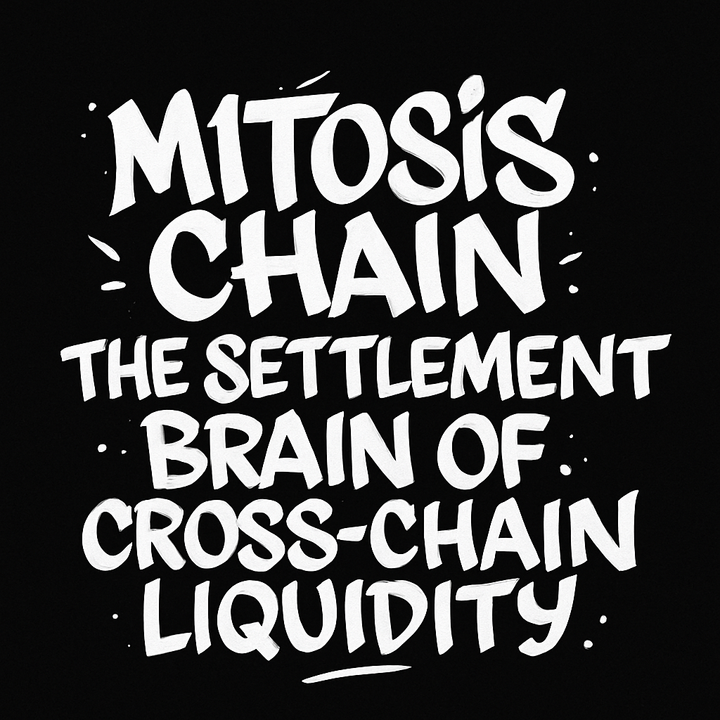
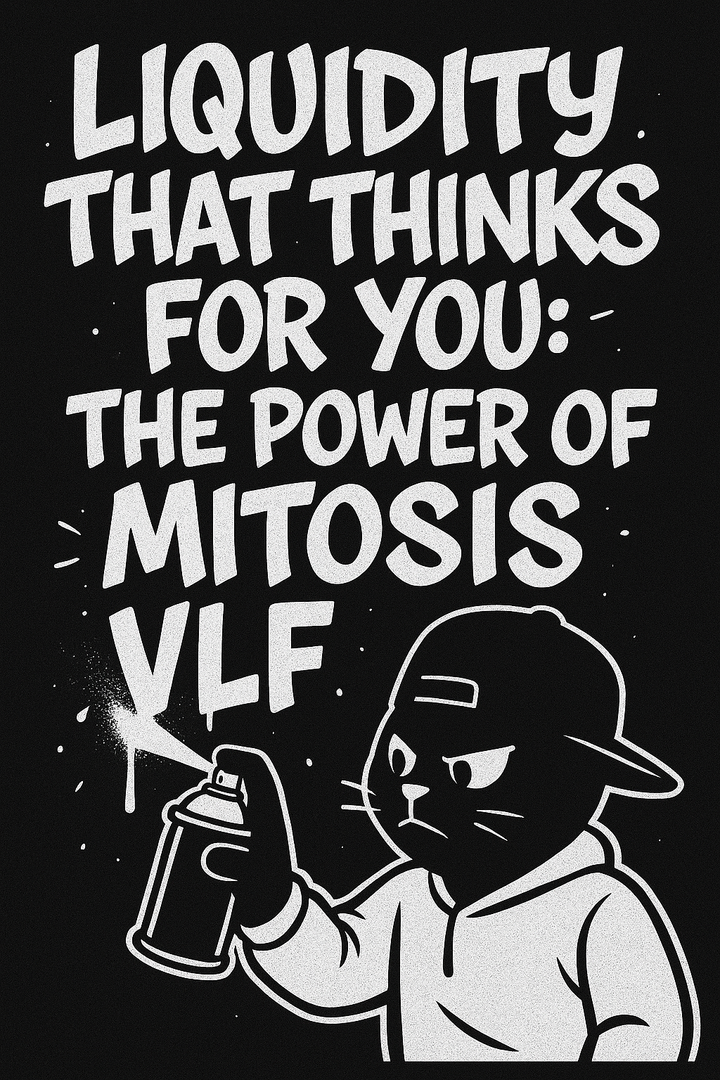
Comments ()